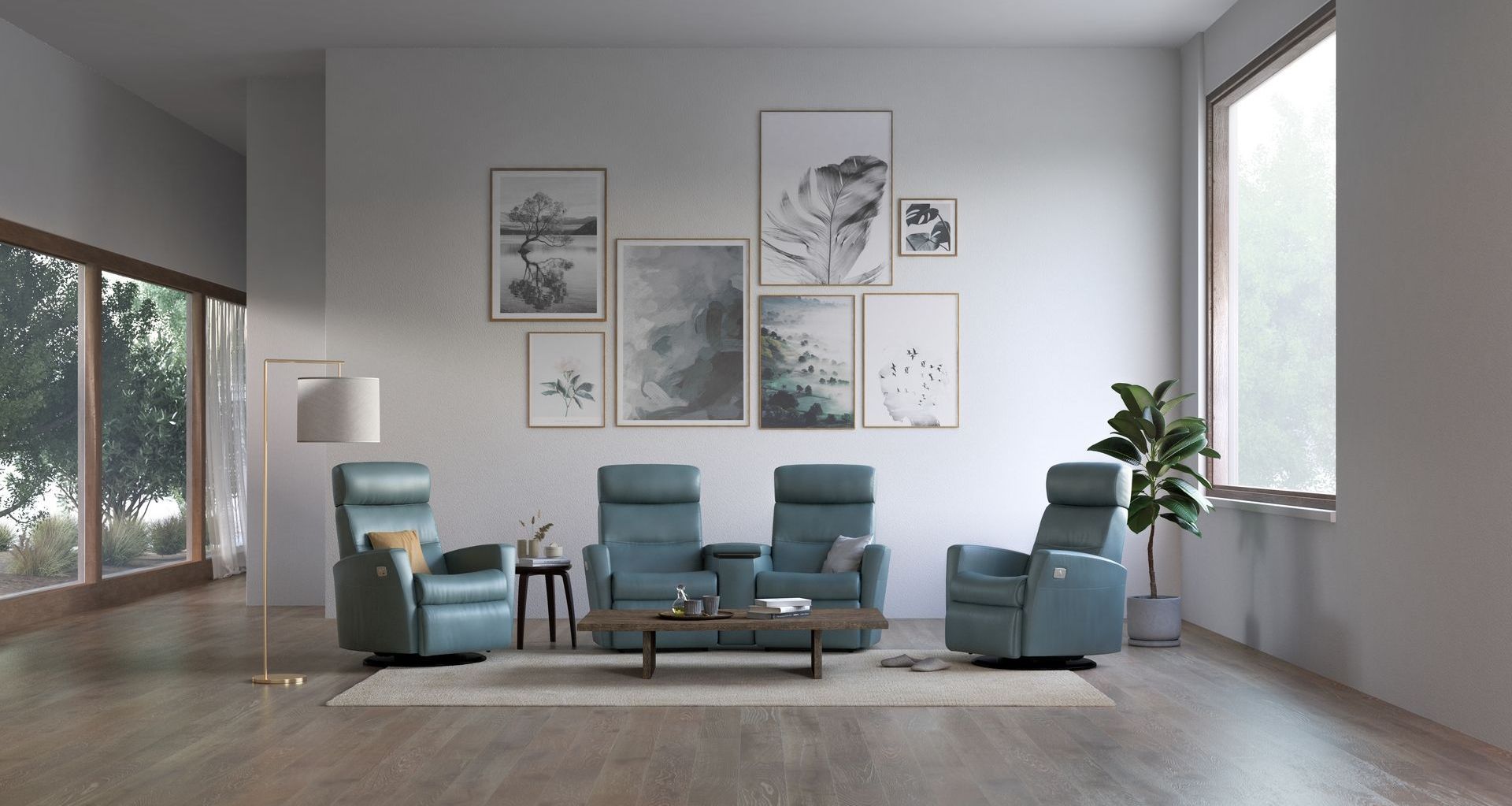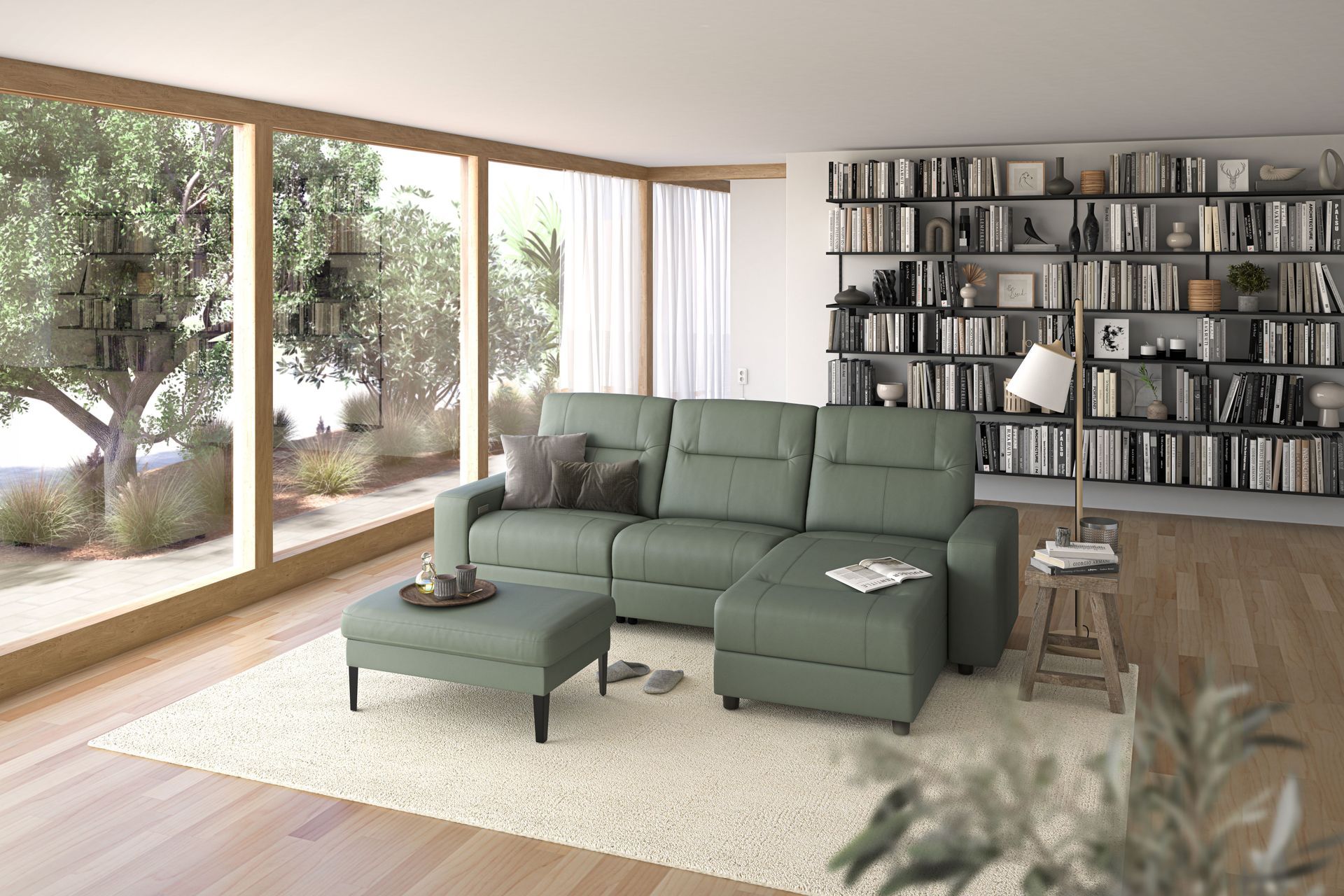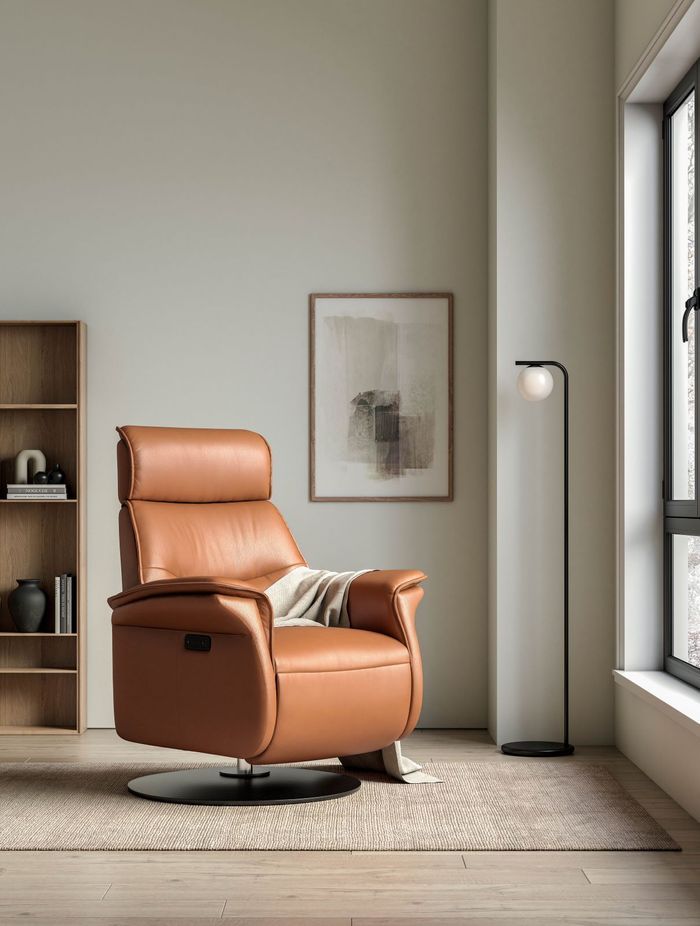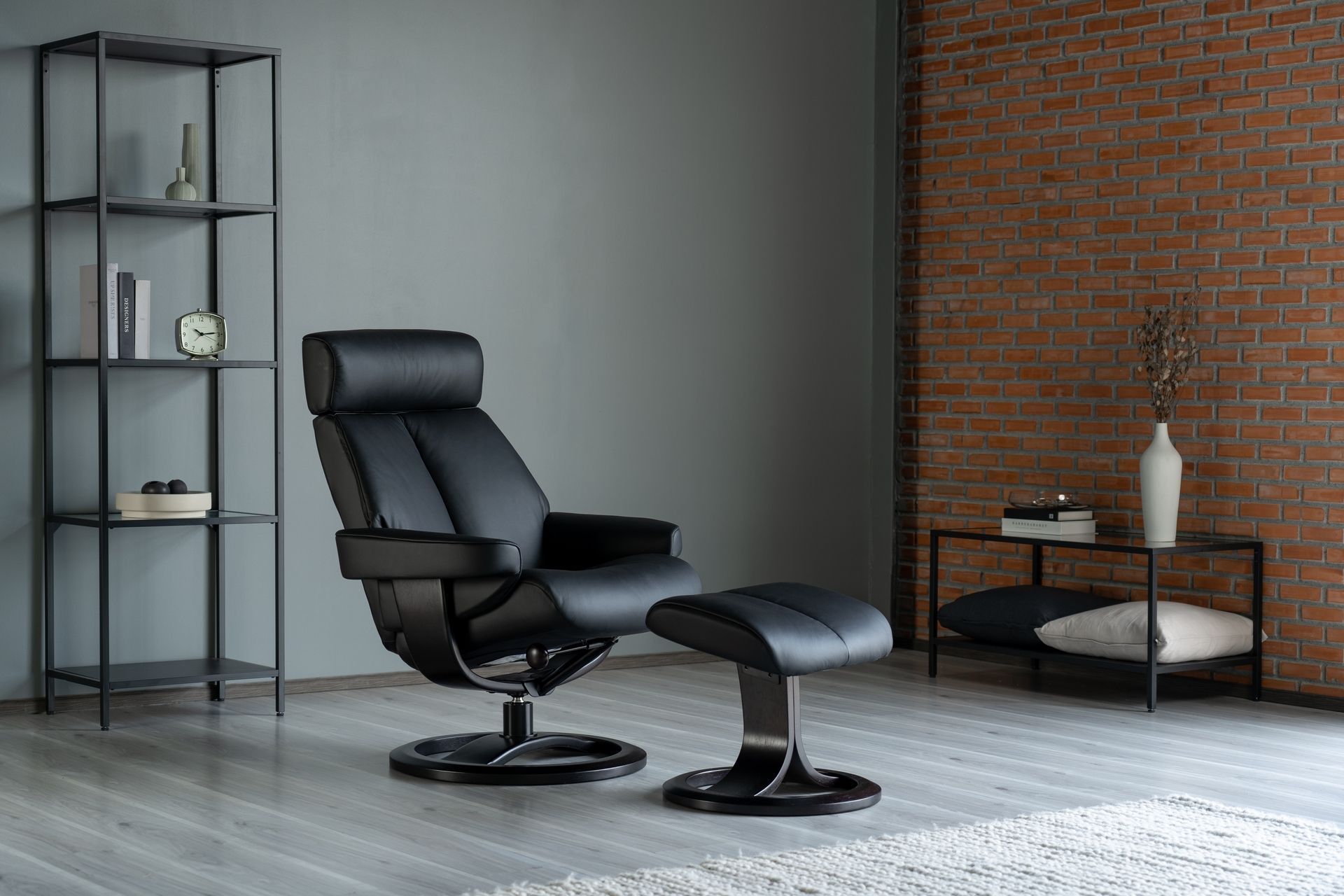The multi-faceted benefits of ergonomic furniture design
Written by
09 April 2025
•
7 min read

Most would agree that furniture should be intrinsically comfortable as a fundamental requirement of design. However, not all furniture pieces are created equal, and, as many of us will attest, you’ll find plenty of options that are inherently uncomfortable.
Good ergonomic design is a key factor for comfort, with many benefits that naturally flow from this. We explored these benefits and more with Brian Preston, Managing Director of IMG Comfort, whose experience and industry knowledge in New Zealand is second to none.
The principles of ergonomic design
The fundamentals behind ergonomic furniture are based around tailoring pieces to human bodies, prioritising physical well-being and efficiency. The science behind it is compelling and sophisticated, tapping into human biomechanics and physiology to develop solutions that minimise strain, promote healthy posture and reduce the risk of injury.
Scandinavian countries have a long history of success in this field, placing strong design emphasis on simplicity, natural materials, functionality and comfort. It’s something Brian Preston explains is a core value of IMG Comfort, specialists in designer ergonomic furniture.
“Norwegians are all about health and wellbeing, and ergonomics in seating is vital, whether that be in the office or the home. The team at IMG have a passion for designing and producing furniture that provides world-class comfort with great ergonomic support. IMG Comfort originated from Sykkylven on the West Coast of Norway, an area steeped in history for producing furniture.”

The benefits of ergonomically designed furniture
New Zealanders have enjoyed ergonomically designed furniture for some time now. IMG Comfort alone have delivered $120 million of premium designer recliners into the New Zealand marketplace over the last 14 years — a testament to their popularity. When you start to look at their benefits, which include physical and mental health benefits, you quickly understand why.
Physical health benefits
- Improved posture
- Reduced pain and discomfort
- Reduced Musculoskeletal Disorders (MSDs)
- Improved circulation
- Reduced fatigue
While many will be familiar with most of these physical health benefits, some, like improved circulation, are less widely known. As Brian explains, this is incredibly important, especially for elderly customers looking to make a healthy seating choice.
“When I'm in store talking to customers, I make sure we fit the them to a chair and make sure there’s a small gap of fresh air behind the back of the knees so we don’t cut the circulation off with legs dangling. As we get older, our feet swell because we don't elevate them enough. At IMG, we make a range of lift chairs that get your feet up to a required level, and now with our zero gravity chairs, you can get your feet above the heart so you enjoy that feeling of weightlessness and improve circulation.”
One of the main reasons why well-designed ergonomic furniture reaps these physical benefits is because they are designed to take stress off the lower back. Brian also describes the other design elements and factors that contribute to this.
“If you were going to buy an IMG chair, you're going to be taking the stress off the lower back, so there's no pressure on the back and the legs. Most of the Nordic chairs that we do have a slight pitch in them, so you sit into the chair rather than on it. You can also have flat seats which are very good for someone that has lower back issues. The height also becomes very important, making sure your feet can touch the ground so they’re not dangling. It relieves the pressure off your joints so you don't sit there feeling like you're using your body.”

Mental health benefits
- Reduced stress
- Reduced mental fatigue
- Improved concentration
- Improved mood
The mental health benefits from ergonomically designed furniture can also sometimes fly under the radar but are just as valuable as the physical benefits. Given our increasingly hectic lives, any furnishing that can help you relax and unwind at home is worth its weight in gold. It’s a quality that Brian personally appreciates and takes advantage of in his own daily routine.
“I've got one of our next-generation zero-gravity chairs at home. If I've been around the country driving, or if I've had a pretty full-on day with meetings, I will just come home, put my feet up in that chair for about 20 minutes, and recline right back. I bring it into a position where I've got that feeling of weightlessness, and I literally just close my eyes for a bit to totally relax and switch off.”
These benefits, relating to both physical and mental health, should also be viewed from a long-term perspective, especially when looking at models that represent the best of the very best. This can be challenging, given the price points of cheaper alternatives, but as Brian explains, the durability and longevity you get from top-notch ergonomically designed options result in a tremendous return on investment.
“The long-term benefits of putting a little bit more up front means you get a lot more longevity and more enjoyment out of the chair because you're going to use it. If you buy a cheaper product that doesn't offer the same ergonomics, comfort and quality, it just sits there. No one uses it. If you've got a good product at home, you'll always go and sit in it, and in 10 years, you’ll still be using the chair.”

The importance of sizing
In any discussion about the benefits of ergonomically designed furniture, it’s important to also acknowledge the importance of sizing as an integral part of the equation. The best ergonomically designed furniture on the market will quickly lose its qualities if it is not suitably paired to the individual who will be using it. It’s something Brian sees time and time again, which is why his team are trained to ensure all their products are sold with the buyer’s physical characteristics in mind.
“I often turn up and find people who have bought a large chair, and I look at them, and they're five foot two. I’ll ask, 'Why have you bought a large chair?' and most of them will say, 'My son's as big as you, and when I die, he's going to have the chair.’ So they’ve bought a chair that's not fit for purpose. That’s why we put so much into training sales staff. It's very important, and the biggest mistake that gets made is when people don't look at the ergonomics. This is also the reason why we do different sized chairs with different widths and different heights. So we can actually fit a person to the right chair.”
This factor cannot be stressed enough and should be a priority for anyone looking to invest in ergonomically designed furniture. As Brian emphasises in his final comments, it’s fine to put yourself first during this process of decision-making.
“It has to be your choice when you buy a recliner. You're not buying it for all your friends to sit on. You're buying it for yourself. It's a personal purchase. It's like buying a pair of shoes or any other personal item. It is your chair. I like to give people as much information as possible, talking to them about the pros and cons, getting them to try different models and sizes so they can make an informed choice and get the chair that is right for them.”